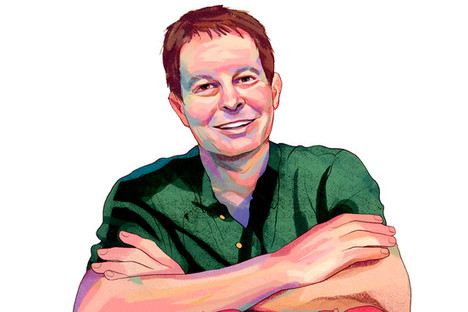(p. A21) Several years ago I grew concerned about my postmenopausal mother’s risk of osteoporosis. I tried to convince her to initiate hormone replacement therapy. She didn’t listen to me. Instead, she spoke with her gynecologist, who–contrary to best medical evidence at the time–recommended against such treatment. I would eventually be thankful my mother listened to the gynecologist who had known her for decades instead of me and the published medical reviews I was relying on. Some years later my mother was diagnosed with early breast cancer. Had she been on estrogen replacement, it is likely that her tumor would have progressed more rapidly. The gynecologist likely saved my mother’s life.
Studies published in the medical literature are mostly produced by academics who face an imperative to publish or watch their careers perish. These academics aren’t basing their careers on their clinical skills and experiences. Paradoxically, if we allow the academic literature to set guidelines for accepted practices, we are allowing those who are often academics first and clinicians second to determine what clinical care is appropriate.
Consciously or not, those who provide the peer review for medical journals are influenced by whether the work they are reviewing will impact their standing in the medical community. This is a dilemma. The experts who serve as reviewers compete with the work they are reviewing. Leaders in every community, therefore, exert disproportional influence on what gets published. We expect reviewers to be objective and free of conflicts, but in truth, only rarely is that the case.
Albert Einstein once noted that “a foolish faith in authority is the worst enemy of truth.”
For the full commentary, see:
NORBERT GLEICHER. “‘Expert Panels’ Won’t Improve Health Care; Government reliance on medical studies will make it harder to discard false prophecies and dogmas.” The Wall Street Journal (Mon., October 19, 2009): A21.
(Note: the online version of the commentary is dated Sun., Oct. 18.)





